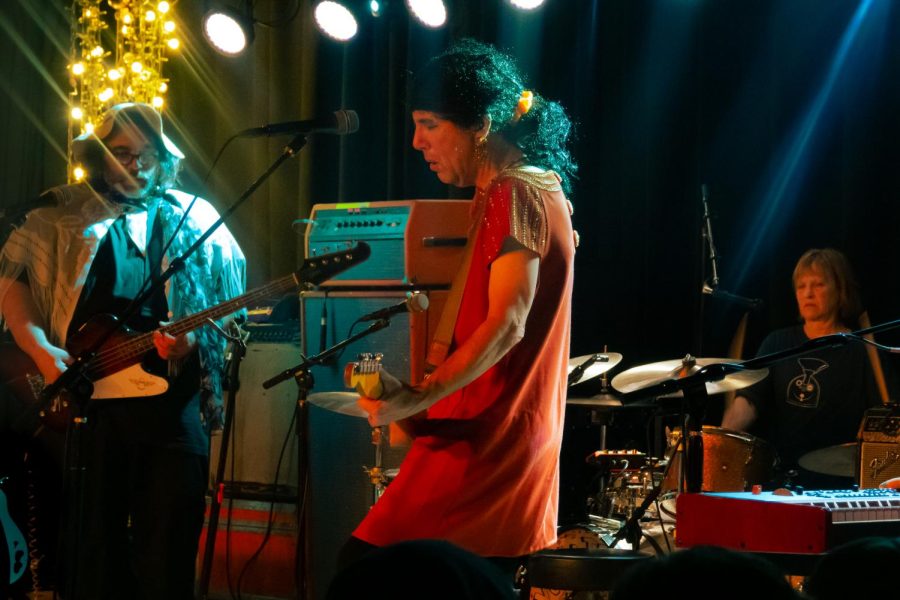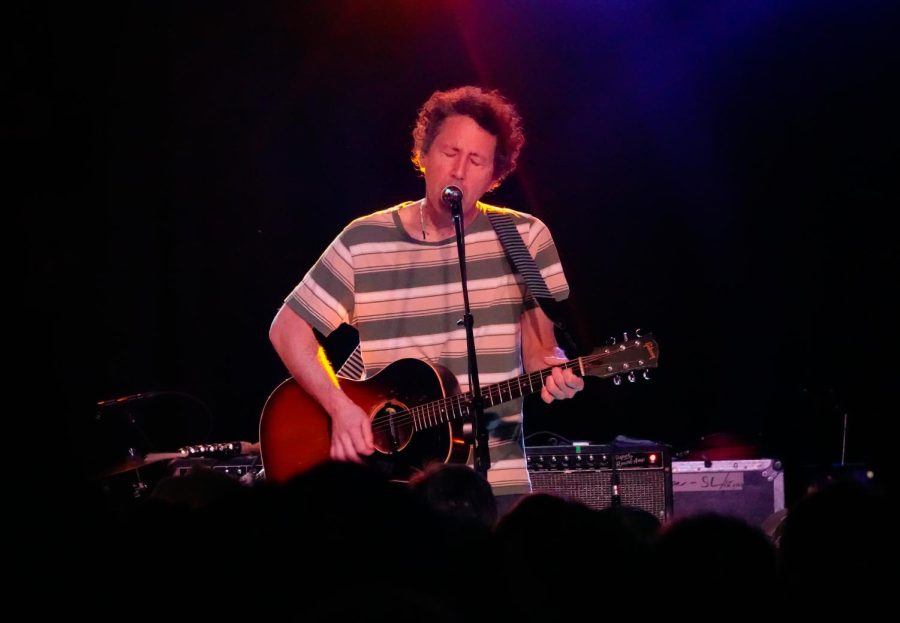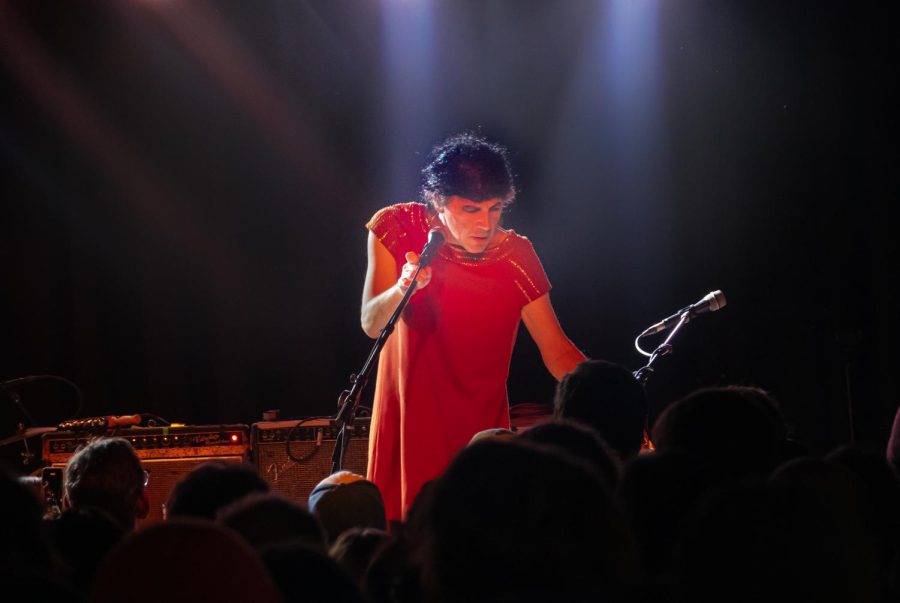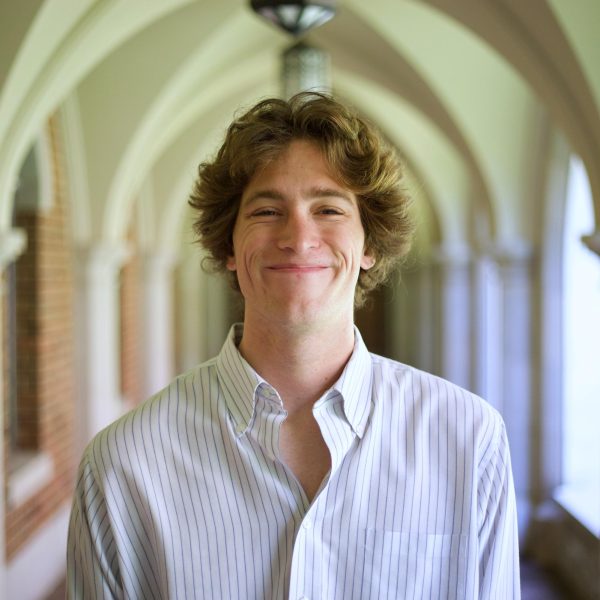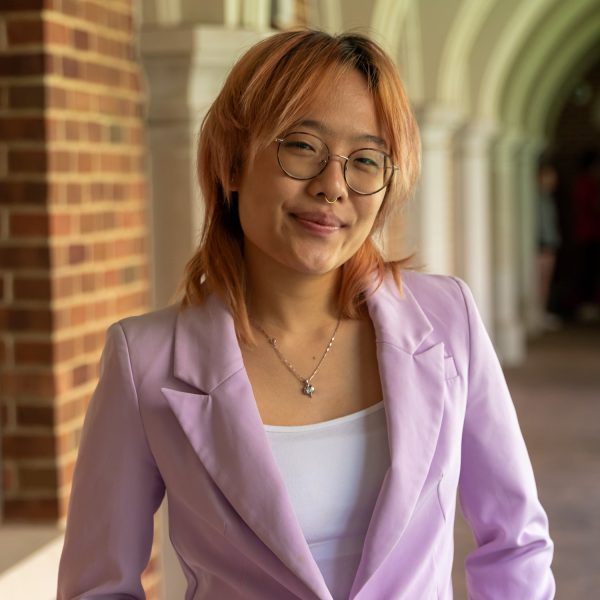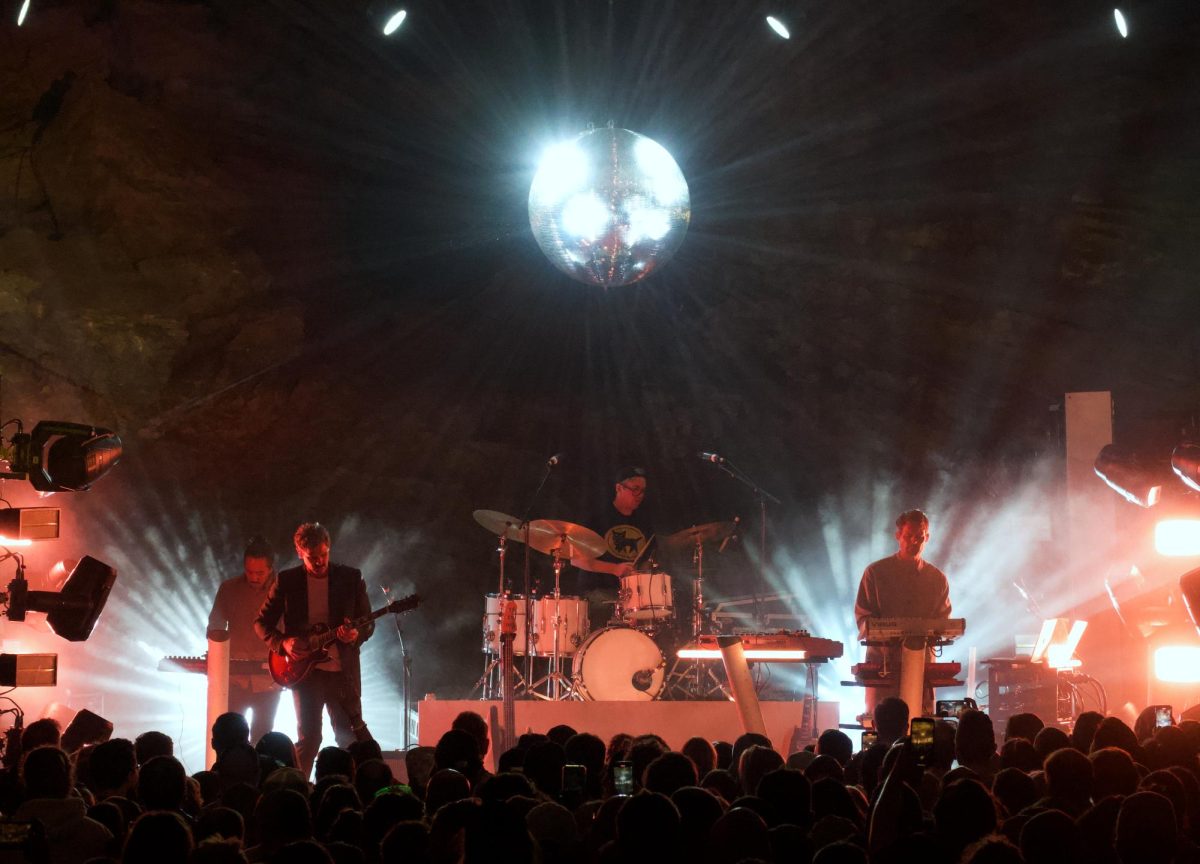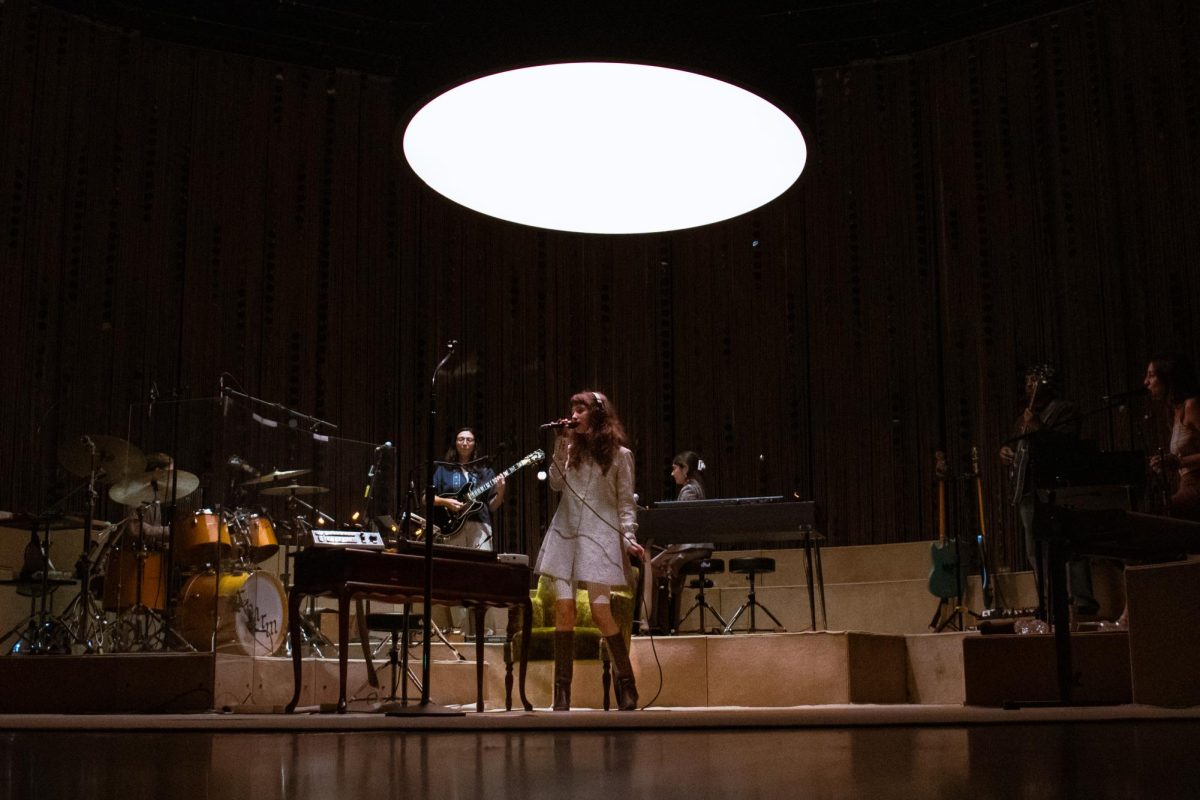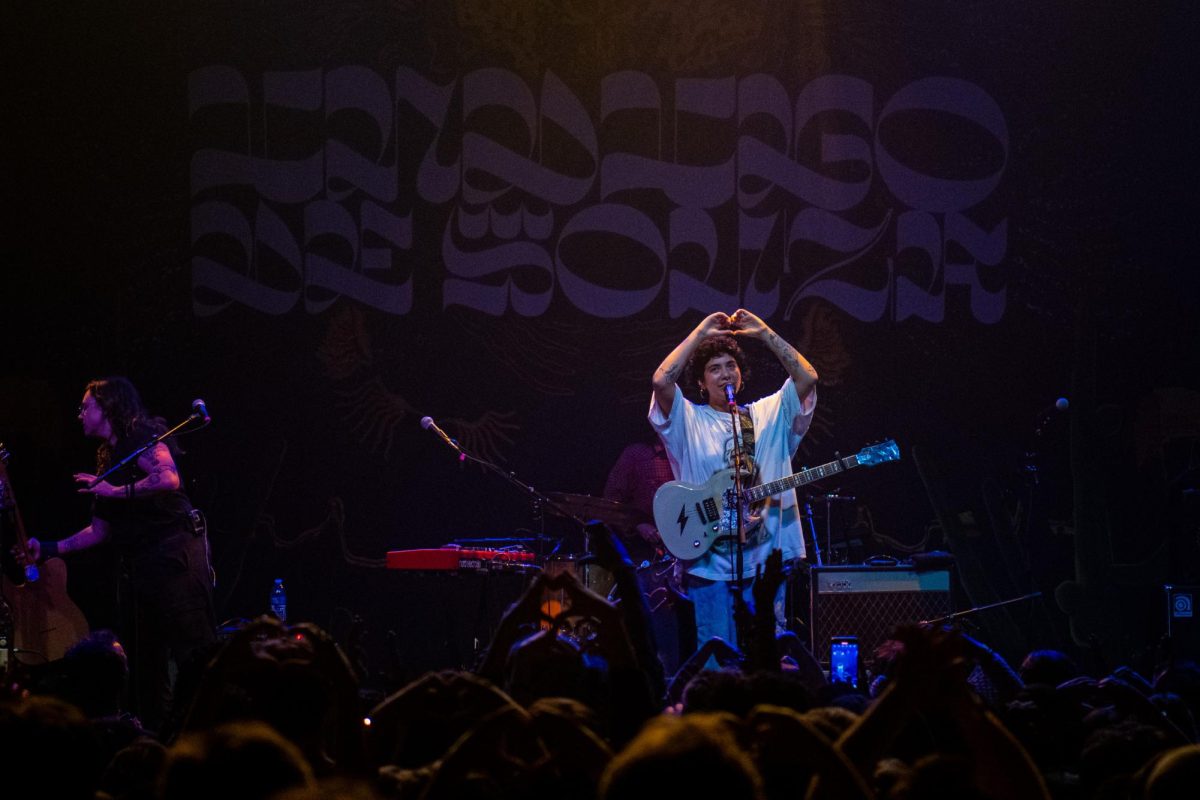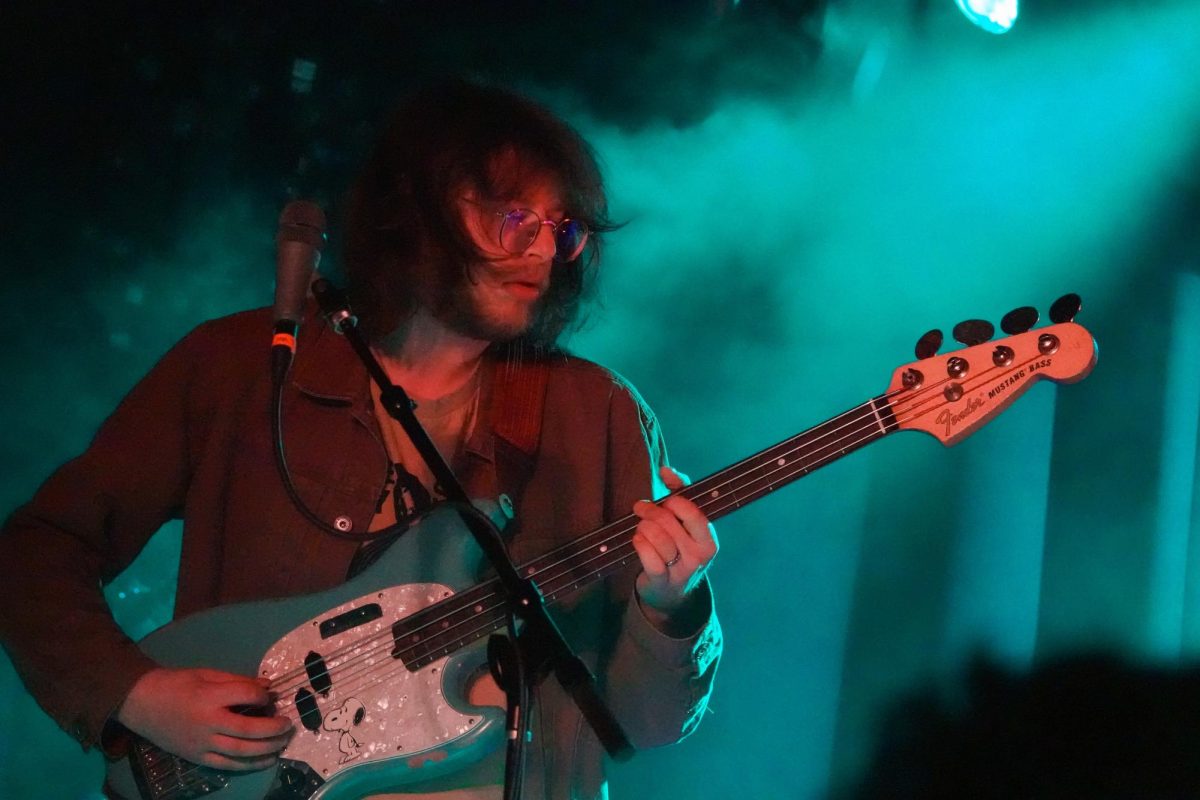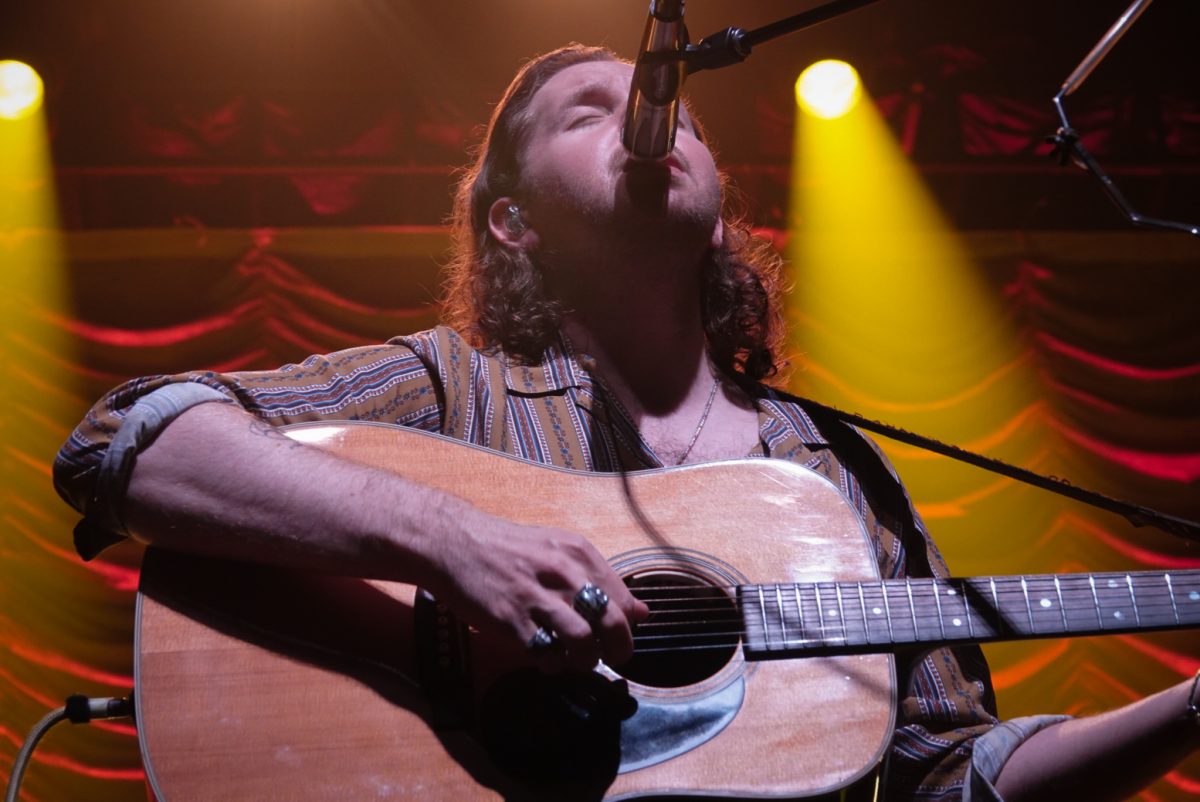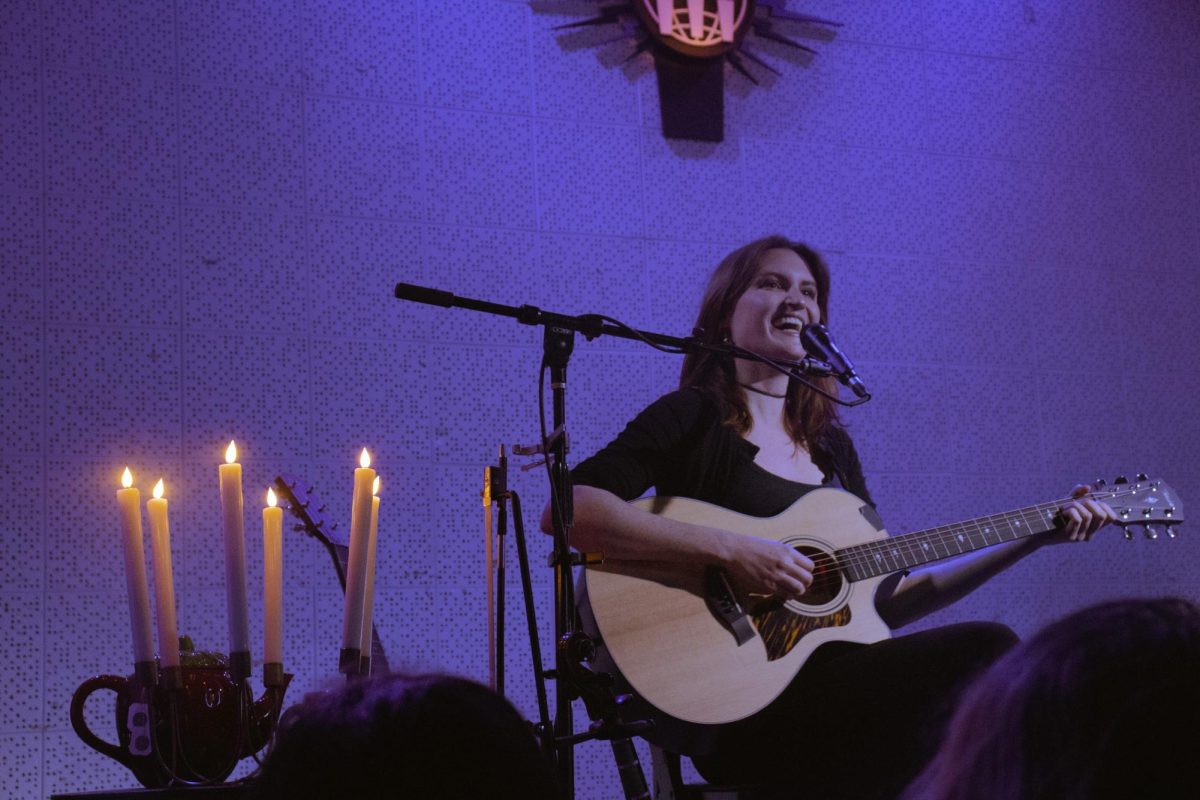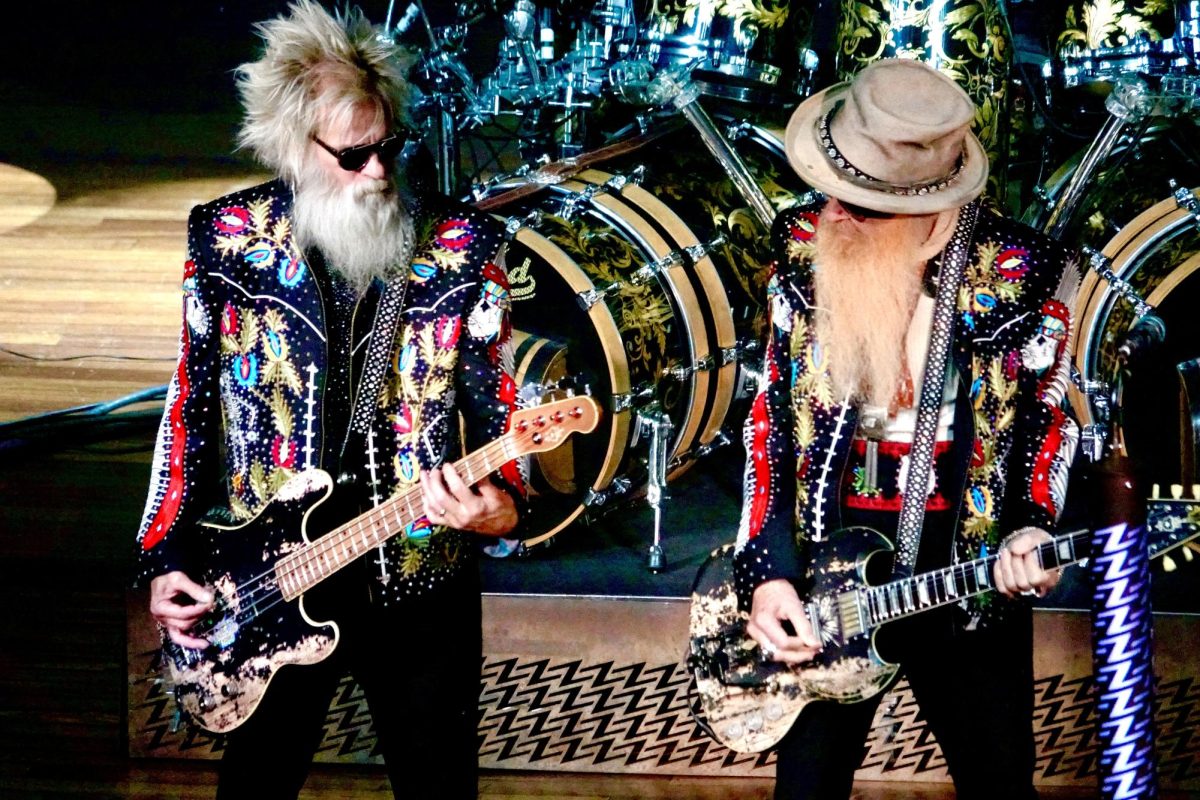Yo La Tengo is a difficult band about which to write. Their expansive list of influences and immense discography leads one down rabbit holes — great for the listener but catastrophic for a writer trying to keep reviews concise. Their concerts meld these elements together into an enthralling experience — a sampling of their peers’ work and their own lengthy discography. The New Jersey trio has put out 17 studio albums, six compilation records, two film scores and a smattering of singles since its formation in 1984 — often varying in genre. Across its storied history, the band has cemented itself as a legend in the indie rock scene, yet diverged from the mainstream significantly. YLT first began its career in Hoboken, New Jersey, when Ira Kaplan and Georgia Hubley began playing at the legendary Maxwell’s nightclub before adding on bassist James McNew in 1991. The band has taken much influence from post-punk and noise bands such as Mission to Burma and White Light-era Velvet Underground but has also implemented virtuosic improvisations in its songs, emboldened by jam bands like the Grateful Dead and free jazz groups like the Sun Ra Arkestra. Despite its heady tendencies, YLT also plays bright, airy pop songs you’d expect to hear on a ‘60s compilation album, not to mention its affinity for covering obscure artists. Throughout its career, YLT has played 1,642 songs live, and a quarter of those have been recorded. It had been five years since the band had graced the Basement East’s stage, and as I entered the East Nashville venue this past Monday, I wondered what songs or albums the trio would choose to play that night.
As I wandered into the venue, the sparse stage setup surprised me — an unnerving wall of equipment spattered the stage, with a simple drum set sitting in the middle. The stage was split in half, with a construction-colored orange painting McNew’s synthesizers and bass amps, while guitarist Kaplan’s Fender amps remained their original black color. When I arrived, a group of middle-aged corporates wearing button-downs and khakis paced the stage, discussing a setlist before taping it to the stage. As this scene panned out, the eclectic audience buzzed with excitement. To my left, a group of moms discussed the band’s latest album, “This Stupid World.” A middle-aged man prepared his X-Y stereo microphone to tape the set. To my right, a group of high schoolers sporting huge belt buckles and mullets peered at the stage, waiting anxiously for the show to start. A man in his late 60s — looking eerily similar to a professor I had last semester — leaned back and forth behind me, discussing the quintessential shoegaze band Galaxie 500 and Television’s recently passed guitarist Tom Verlaine. As I looked around the age-defying crowd, I wondered “How does a band gain such an eclectic audience?”
Soon after I arrived, a trendy-looking guitar tech walked around performing final checks and playing country riffs on Kaplan’s Telecaster. They were ready. The tech flashed a strobe light, and the house music (a diverse mix of Horace Silver and Buddy Miles) morphed into the opening song “Sinatra Drive Breakdown,” complete with an infectious bassline courtesy of McNew. The first song concluded before the band moved into the enigmatic fuzz-tinged ballad “Tonight’s Episode.” Drummer Hubley started the song with a quickened snare drum before Kaplan took the first few lines: “My brains ripped to shreds. / If I’m telling the truth about my life.” Eventually, the lyrics morphed into a yo-yo-themed abyss, with all three chanting, “Walk the dog… I can walk the dog. Around the world. I can around the world.” Under these strange lyrics, McNew kept a steady bassline, forming complex patterns with his four strings. Contrasting Kaplan’s sporadic, fervent movements, McNew stood stoically, thumping away on his Gibson Thunderbird as if the bassline was looped over and over again. The band, having played two songs off its latest record, dove into its lengthy discography and found the 1990 deep cut, “Can’t Forget,” originally performed on its LP Fakebook. It then returned to “This Stupid World” for a personal favorite, “Aselestine,” where Hubley croons about her monotonous depressive state.
After the song, Kaplan noted the band’s lengthy history with Nashville, quipping, “It looks the same as it did five years ago.” Despite the city’s widescale changes, the band was happy to return. Earlier in its career, YLT recorded in Nashville with longtime producer Roger Moutenot, who helped assemble seven of its records, including “Painful,” “Electr-o-pura,” “And Then Nothing Turned Itself Inside-Out” and the 1997 classic “I Can Hear the Heart Beating as One,” which the band recorded at the famed House of David studio. Kaplan dedicated the song “Don’t Have To Be So Sad” to Moutenot and Hank Williams’ “I’m So Lonesome I Could Cry” to Kurt Wagner, a friend and lead musician for Nashville-based band Lambchop. The crowd looked on in amazement as the hypnotic first set ended. Before we knew it, the strobe flashed, and we were off again.
As the trio once again took the stage, a change was evident. McNew strolled into the audience’s view wearing a black dress, sunhat and patterned scarf. Kaplan did the same, changing out of a green striped shirt into a simple red dress, black wig, earrings, smokey eyeshadow and mascara. The crowd erupted as the group staged a protest against the recent Tennessee law banning drag shows. The three readied their instruments before busting into the title track, “This Stupid World.” Kaplan’s wall of sound came to life as McNew went double duty, playing bells and laying down the bass. The guitarist continued eviscerating his instrument, seemingly fighting the Stratocaster and winning. He picked it up, punched the instrument and created discordant harmonies from sheer noise. Eventually, after many lengthy solos, the wall broke down, and the groovy synths of “The Simpsons”-inspired “Let’s Save Tony Orlando’s House” emerged from the rubble. The catchy backbeat set in as Hubley crooned about an aging Frankie Valli who exacts revenge on fellow singer Tony Orlando. Following the dark number, the group played “Stockholm Syndrome,” a crowd favorite that showcases McNew’s falsetto vocals.
From there, the band reached a high point, and the noisy side of YLT emerged. For the next seven songs, Kaplan spared no prisoners as McNew and Hubley continued to form dizzying sonic soundscapes. The group started off with an early number, “Beanbag Chair,” before returning its latest record for “Fallout.” After playing a Jazzmaster and a 12-string Danelectro, Kaplan fell back on his road-worn Stratocaster, twisting the tuning knobs to form varying pitches. At one point in the song, he leaned back and forth into the amplifier with such intensity, it looked as if he was having a seizure on stage. This effect enveloped the audience in a distortion-laden solo. We then found ourselves hearing the 1989 classic “Drug Test,” as Kaplan strained himself and sang, “I hate feeling the way I feel today / I wish I was high.” The lyrics made a necessary Grateful Dead reference, in this case, to their 1973 album “Wake of the Flood.” The group powered through the garage-rock-esque tune “Nothing to Hide” before landing on “Sugarcube.”
We then jumped forward 16 years as Hubley laid the foundation for the band’s late-career masterpiece “Ohm” off its 2013 record “Fade.” At one point in his solo, Kaplan passed off his guitar to the front row as audience members played the instrument for him. The instrument was returned to Kaplan right before the closing lines, and the song finished. He traded out the guitar for another Stratocaster and began building the foundation of the group’s orchestral masterpiece “The Story of Yo La Tango.” The work built slowly — Kaplan took an e-bow and struck it against the strings, creating a drone-like effect. At the same time, McNew played rhythmic synths, and Hubley laid down drum fills. On top of this orch, the band played a slow jam, but the song eventually reached a peak as a distinguishable rhythm fell apart and noise tore the stage apart. About halfway into the song, Kaplan held his guitar by the neck and pulled it back and forth as if playing the theremin. McNew followed, holding up his bass, and eventually, they seesawed their instruments closer and further away from their amplifiers. Likewise, Hubley’s drumsticks flurried back and forth at a dizzying pace, while never losing the beat. Much like the band’s movements, the music pulsated, gaining a lifelike quality. After what felt like an eternity, the trio concluded the song and sauntered off stage calmly, as if nothing had happened.
After jeers and chants, they returned once more. Waiting for the applause to die down, Kaplan reached a solemn note mourning the loss of New Zealand musician Hamish Kilgour, who played in The Clean, an influential indie rock group. Kilgour went missing last November and was found dead in December.
“It was the worst day of 2022,” he declared before inviting session musician Matt Swanson to join them on stage.
The trio morphed to accompany him — McNew played synths, Hubley took up a guitar on stage right and Kaplan held onto his instrument. Swanson picked up the former’s Gibson bass and thundered away on the noisy tune. After that, Kaplan thanked Starland Vintage for the stylish dresses. Requesting the lights be turned up, Kaplan joked, “There’s mascara in my eyes… I can’t see!” before breaking into the soul-touching ballad “I’ll Be Your Mirror,” first performed by the Velvet Underground and Nico in 1966. The crowd sang along, and it seemed the show was over. But I was wrong — the band had one more song in them. The trio played another cover, this time The Scene is Now’s “Yellow Sarong.” All three sang the nonsensical lyrics, “A man on the moon / taps at the window / How will we know your silhouette?” before thanking the crowd and walking off.
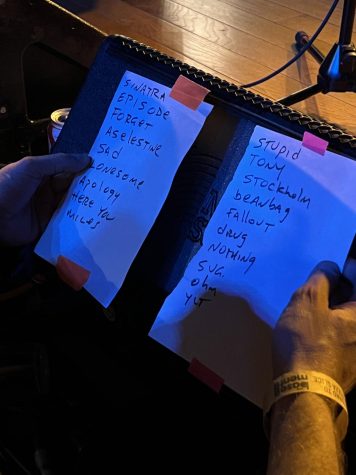
As I walked out of the venue and into the brisk air, my head mimicked the music: pulsating and full of noise. It was hard to distract myself from the litany of music I just saw, and, just before I left, I saw a man return a gray bottle to the bouncer.
“Someone stole Ira’s mug,” he said.
It appeared an enthused fan had attempted to remember the set by any means necessary, even if it meant taking a memento from Kaplan’s stage setup. Even into the next morning, as I boarded my flight back home, the only mementos I had from the show were a dull headache, Xs on both of my hands and the hope that the guy with the microphone would email me a FLAC file of the show: an anatomical brand of sorts, on my mind and hands. In the words of many screaming fans: “Melt my face off,” and days later, I returned to that comment — my mind was surely melted, and I had the rest of spring break to recover from the enthralling performance I’d just witnessed.

